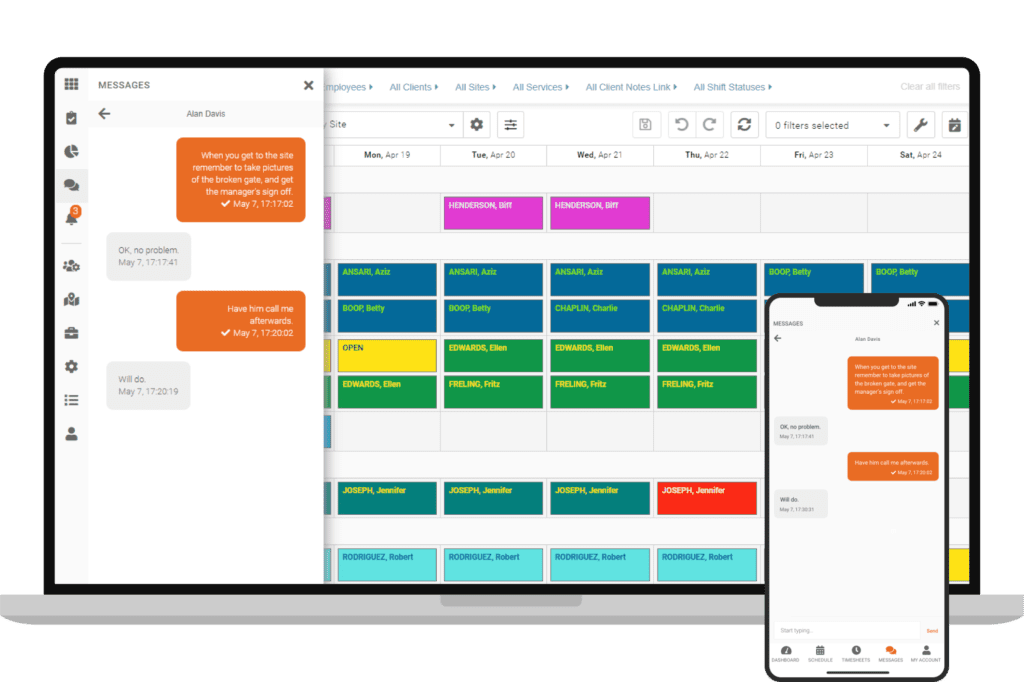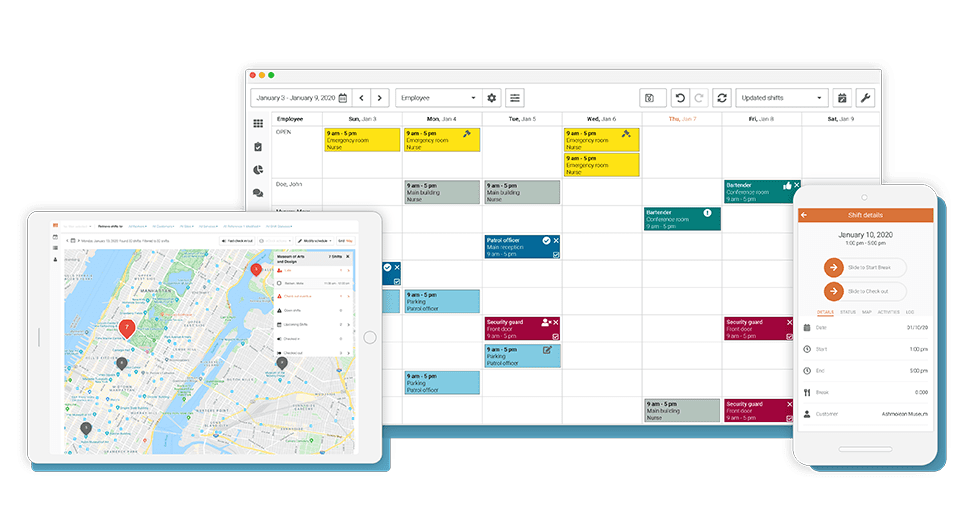No business is operationally perfect. If you look at every inefficiency in your business, you see how quickly they add up. If you look hard enough, you will find inefficiencies in almost every area of your business. Each individual inefficiency seems minor when viewed in isolation. However, looking at all of the time and effort lost to these inefficiencies highlights the value of eliminating them. But how do you do that? The best way to remove inefficiencies from processes is with automation! There is a wide range of business automation that you should consider implementing into major parts of your business!
Why do you need business automation?
Inefficiencies are just one of the reasons that you should look into business automation. Let’s look at why they should interest you and how they can help.

Financial costs
Inefficiencies can cost businesses up to 30% of their annual revenue, according to market research from IDC. What a lot of business owners fail to see is that they might be spending excess money to achieve a result that could be achieved much cheaper. When this is the case, it is certainly time to re-evaluate your processes and assess what business automation you could benefit from.
Time wasting
Without business automation, inefficiencies lead to reduced productivity. Every minute spent on a lengthy process is a waste of business resources. If you’ve read our blog post on workforce optimization, you know all about getting the most from your resources.
Impact on quality
Without business automation, you are likely missing out on opportunities to improve your product or service. Essentially, the less you improve your output, the more you depend on old, inefficient processes. This makes it much more likely for defective goods or low-quality services to reach your customers.

Damage to morale and engagement
Finally, inefficiencies damage the morale of your employees as much as they damage your business. When an organization isn’t performing at optimum levels, it has less capacity to reward its employees. As a result, employees become less enthusiastic about their work, contributing to decreased morale and poor employee engagement.
What business automation should you consider?
Of course, every business is different, and the business automation you choose to use will be unique to your needs. Below, we cover some of the most common business automation that might work for you too!
Automated employee onboarding
We often overlook onboarding employees as an important business function. Most employers underestimate the importance of a structured onboarding process. According to O.C. Tanner, 69% of employees are more likely to stay with a company for three years if they experienced great onboarding. Streamlining the process can reduce the workload and timeframe associated with it. It also sets the tone for the new employee, showing them what they can expect from their employment and, equally, what is expected of them.
Employee onboarding is a great business automation to start with. It should, at the very least, make it painless for new employees to sign important forms and contracts. It should also provide a dedicated space for information regarding company culture, the workplace, expectations, etc., as well as important employee handbooks! Essentially, it should provide a polished, organized welcome to the new employee.
Streamline communication

Communication is vital in the workplace. How we communicate, when we communicate, it all matters. Most businesses rely on multiple teams or departments working together to achieve their business goals. This cannot happen without the right tools for effective communication. Many managers of remote workers rely on personal communication channels such as WhatsApp, Facebook, or text messages. While these get the job done, they aren’t the ideal place for work-related communications and collaboration.
Automated tools like Slack, Zoom or Microsoft Team offer amazing platforms to streamline communication and make collaboration easy, regardless of where the team is. The beauty of these communication tools is that they often integrate with other systems and tools you already use internally. You can also avail of other professional communication channels from existing systems, such as your employee scheduling software, which we will cover below.
Automate the booking/purchasing process

Whether you offer a product or a service, you should be taking advantage of business automation. Rather than manually having to take bookings, or finalize sales, use automated technology to save you time and improve customer experience. Whether you’re a SaaS company selling to clients, or a retailer selling to customers, automating the payment process has never been easier. Tools like PayPal, Stripe, and PaySimple provide secure, flexible methods of payment that both you and the customer can trust.
If you offer a service, you can also automate how clients book their appointments with you! Without this business automation, employee time is wasted speaking to clients over the phone or email and booking them manually. Generally, customers prefer to be able to self-serve in these situations. Providing a smooth, uncomplicated booking experience is essential here and can be achieved with tools such as BookSimple or Appointy. This type of business automation saves you time and money and could potentially attract new business to your company.
Automated customer relationship management
Customer relationship management (CRM) is often overlooked, particularly in the retail and B2C space. No one has time to individually follow up with a customer post-purchase or check in on an account a year down the line. CRM is an area of your business that should definitely be automated as a means to save time and improve customer/client retention and loyalty.
With tools such as Salesforce, Mailchimp, and other email providers, you can build workflows that automatically send emails or other communications to customers and clients at different stages of their customer journey. Send prompts to encourage a customer review, check-in for renewing orders after 6 months post-purchase, whatever you want to achieve, you can automate it! Never worry about forgetting a customer again.
Automated employee scheduling

The final business automation that we will cover is employee scheduling. Celayix has been helping companies automate their employee scheduling process for over 20 years now and can save you up to 95% of your time spent creating and managing schedules. With features like autofill, you can fill a schedule in a matter of minutes. Celayix AI can offer optimization suggestions at the click of a button. We also offer a range of integrations to further improve other processes, such as payroll and attendance tracking.
By automating the process of employee scheduling, you can free up manager and scheduler time to focus on other key business areas, like growing the business. Save time, money and effort with a platform like Celayix! Employee scheduling is a great area to automate, as it simplifies a previously complex task and can truly transform your business and how it operates. If you’d like to hear more about how Celayix can help your business through automation, reach out to a Solutions Advisor today!





